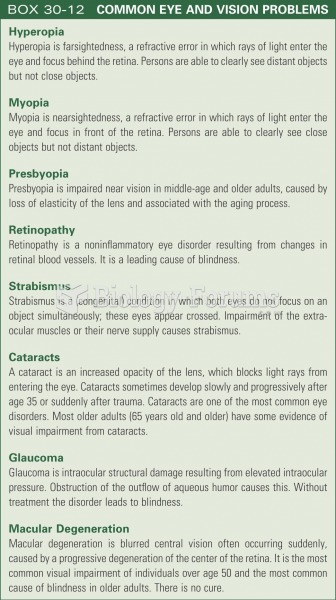Answer to Question 1
Correct Answer: 3
Rationale 1: Multiple medical problems usually require the use of several drugs.
Rationale 2: Seeing more than one prescriber is typical of elderly clients.
Rationale 3: Many comorbidities increase the likelihood of polypharmacy.
Rationale 4: Use of over-the-counter medications is more common, not less, in the elderly.
Global Rationale: Many comorbidities increase the likelihood of polypharmacy. Multiple medical problems usually require the use of several drugs. Seeing more than one prescriber is typical of elderly clients. Use of over-the-counter medications is more common, not less, in the elderly.
Answer to Question 2
Correct Answer: 1,2,3
Rationale 1: The client and the parents should be asked directly if they feel they may have difficulty adhering to the medication regimen.
Rationale 2: Taking medication may make the adolescent feel different from peers. Approaching the subject may help the adolescent discuss these fears.
Rationale 3: Discussing possible adverse effects and suggesting strategies to deal with them may increase adherence.
Rationale 4: With long-term drug therapy, the nurse may need to arrange follow-up appointments to assess the client's response. In most cases, one year is too long to wait to assess the client's response to drug therapy.
Rationale 5: There is no reason to believe this adolescent will need directly observed therapy (DOT).
Global Rationale: The client and the parents should be asked directly if they feel they may have difficulty adhering to the medication regimen. Taking medication may make the adolescent feel different from peers. Approaching the subject may help the adolescent discuss these fears. Discussing possible adverse effects and suggesting strategies to deal with them may increase adherence. With long-term drug therapy, the nurse may need to arrange follow-up appointments to assess the client's response. In most cases, one year is too long to wait to assess the client's response to drug therapy. There is no reason to believe this adolescent will need directly observed therapy (DOT).







